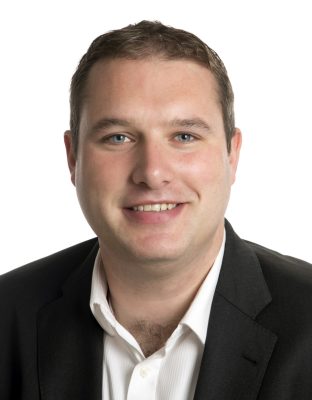Opinion by Cllr Dermot Looney: Few of us need reminding of the worrying increase in childhood obesity. According to the body Safefood, one in four Irish children is overweight or obese. An astonishing 80% of children in the Republic do not meet the guidelines of at least one hour of physical activity per day.
Last month, a team of researchers from DCU reported that 36% of 11-12 year olds were below average in simple motor tasks. These fine motor skills should be honed through physical activity and development. Their absence may lead to significant problems in later life.
Exercise and activity are the keys to solving these issues, as well as providing a range of other physical and mental health benefits. But are we doing enough as a society to tackle the exercise crisis?
Cultural shifts have been detrimental to children’s physical development
The cultural shifts in Irish society have been detrimental to the physical development of our children. 35 years ago, at least 50% of pupils walked to school. Now, that figure is estimated at about 25%. Kids in urban and suburban areas have less independence to play outside in their home estates and communities.
There are policy challenges in planning housing developments, road safety, the culture of indoor play being confined to indoors and the required infrastructure for physical activity and sport. All of this will take time and money – both worth spending.
But something we can do almost immediately is change how physical education takes place in our primary schools – and the first change we can make is to give it more time in our curriculum.
At present, PE gets just 60 minutes in the school week at primary level, while there are 2.5 hours per week allotted for Religious Education – this applies regardless of the school ethos.
Bizarrely, an hour a week of PE at primary level is only half of the time allotted for PE at post-primary level, where two hours is allotted.
PE as foundation of physical activity for school children
A 2010 UCD study noted that the actual average weekly time spent on primary PE was just 46 minutes. This may have been down to lack of resources or facilities (e.g. hall space), the pressures of curricular overload for individual teachers, or in some cases, a lack of interest.
PE in school is the foundation of physical activity for hundreds of thousands of children in Ireland – many of whom are not involved in sport or other organised physical activities outside of school. That same 2010 study states that, nationally, girls do not receive as much PE time as boys. It also notes the particular importance of PE in schools in areas of socio-economic disadvantage, where children don’t have equitable access to physical activity and sport outside of the school.
Getting to a national average of 60 minutes of PE a week won’t be enough. Earlier this year, the Irish Primary PE Association (IPPEA) recommended a time allocation of 150 minutes per week for PE in Irish primary schools – ninety minutes more than at present. This is a dramatic improvement on the current time allocation and could be a transformative shift in education and public health.
With the support of principals, teacher training colleges, the PDST (Professional Development Service for Teachers) and external providers such as sports coaches, class teachers could draw up a timetable based on the school and class context.
Of course, schools will struggle with PE hall availability. Having outdoor options as well as in-class activities such as dance, yoga and busy breaks will also be key. Never underestimate the creativity of Irish teachers. There are great resources for outdoor learning on the doorsteps of all our schools in which we can integrate PE with local history, geography and science, or give artistic inspiration. Schools may plan for regular runs and jogs. Trips to local parks and other outdoor amenities should become regular and normal, not occasional treats.
We need a societal shift in how our children get active
Do we need more money and resources to put effective PE programmes in place nationally? In the long-term, yes. We will need better infrastructure in schools and in communities. We will need more training for teachers to deliver what might in time become an expanded PE Curriculum with higher goals. And we will need a societal shift in how our children play and get active. But in the short-term, we can give teachers an increased time allocation and the support of school leaders, the Department and society as a whole to enable us to start to tackle the exercise crisis.
There will, of course, be technicalities and practicalities to work out. Infant class time allocation differs slightly; will two hours be sufficient for these classes? Can local authorities be resourced to provide free access to astroturf pitches, swimming pools and other amenities to help meet the needs of an extended curriculum?
Where will these ninety extra minutes of PE a week come from? That will be up to the NCCA and the Minister for Education and Skills in the ongoing review of primary school time allocation. But can we as a society continue to stand over allocating 150 minutes a week to Religious Education but only 60 minutes to PE?
This opinion piece was originally printed in today’s Irish Times – you can read it here.
Cllr Dermot Looney works as a 5th Class teacher in St Dominic’s NS, Tallaght. He is writing in a personal capacity.
ENDS
31 August 2017

